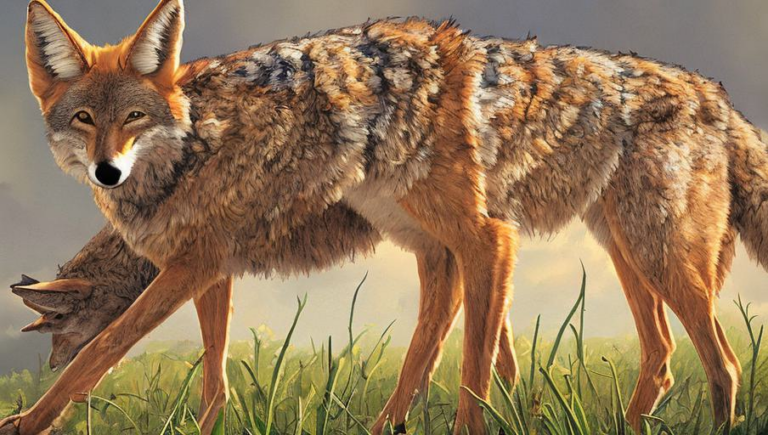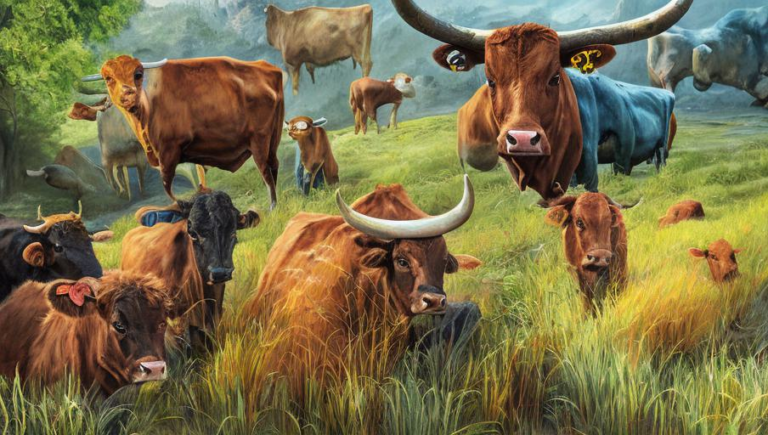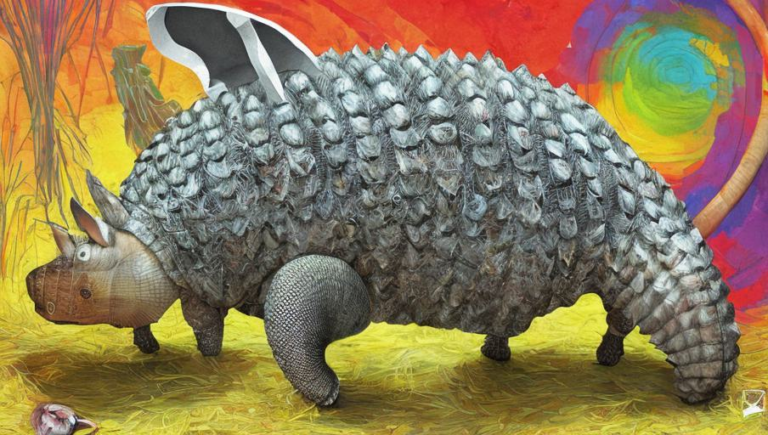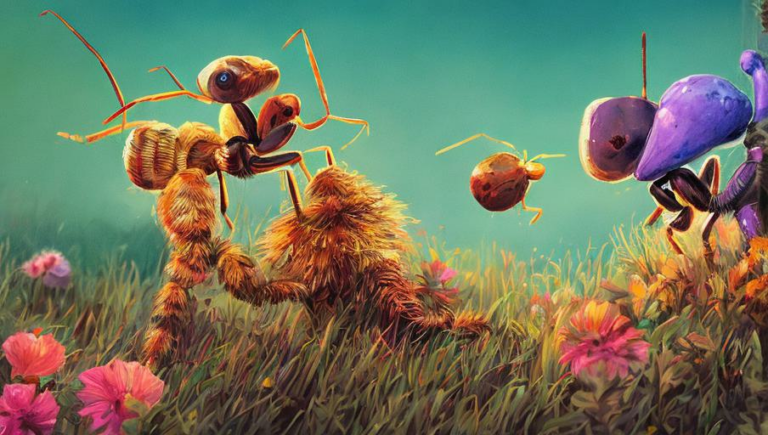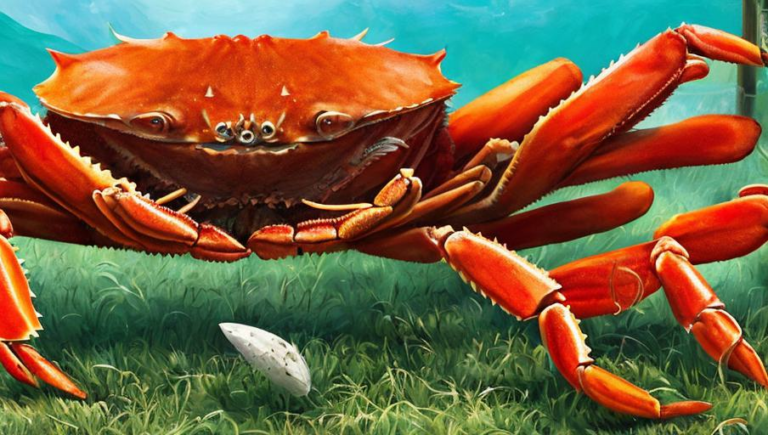Nature’s Artists: The Unique Colorations of the Chamois
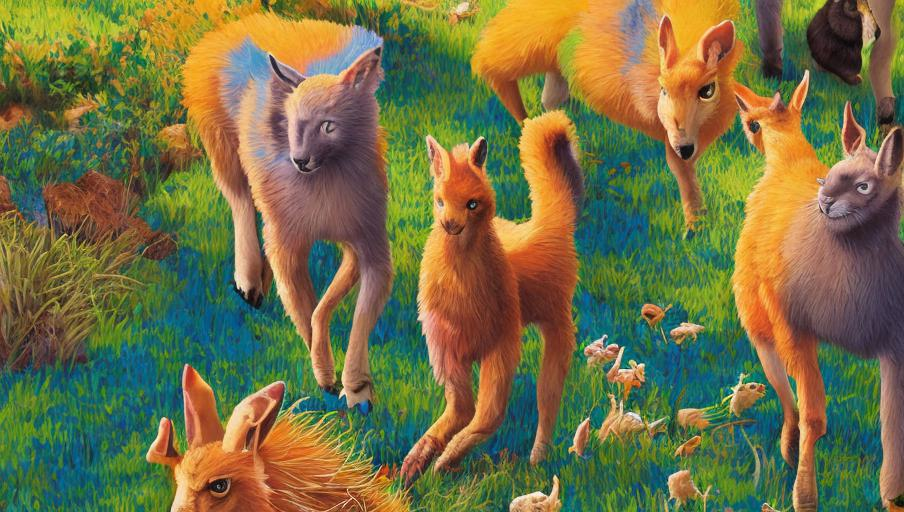
The Chamois: Nature’s Artistic Masterpiece
The chamois is a goat-antelope species native to Europe and parts of Asia. While their numbers have decreased due to hunting and habitat loss, they remain a fascinating species with an array of beautiful colorations. The chamois has a unique coloration that is unlike any other animal in the world.
The Variety of Colorations
The chamois has two distinct colorations, depending on the season. In the summer, the chamois has a reddish-brown coat with a white underside. This coloration helps the chamois blend in with the reddish-brown rocks and soil of its habitat. In the winter, the chamois has a darker, more grayish-brown coloration, which helps it blend in with the snow-covered rocks and soil.
The chamois also has a unique pattern on its coat. It has a black stripe running down its back, and its head and neck are white, while its belly is also white. This pattern helps the chamois to blend in with its environment and provides excellent camouflage.
Adaptation and Survival
The chamois’ unique coloration and pattern help it survive and thrive in its mountainous habitat. The chamois is an excellent climber, and its coloration helps it blend in with the rocks and soil, making it difficult for predators to spot. The chamois is also a skilled jumper, able to leap up to six feet in the air and traverse rocky terrain with ease.
The chamois is also an expert at hiding. Its white underside and head help it blend in with the snow, making it difficult for predators to spot. The chamois also has excellent hearing and can detect the sound of a predator from a long distance.
The Chamois in Captivity
The chamois is an interesting species to observe in captivity. They are known for their agility and speed. In captivity, they must be kept in enclosures that are designed to mimic the rocky terrain of their natural habitat. This allows them to climb, jump, and hide, just as they would in the wild.
Preserving the Chamois
The chamois is a species worth preserving. It has a unique coloration and pattern that is unlike any other animal in the world. It is a keystone species in its habitat, and its presence helps to maintain a healthy ecosystem. Efforts must be made to protect the chamois and its habitat, so that future generations can continue to observe and appreciate the beauty and uniqueness of this species.
